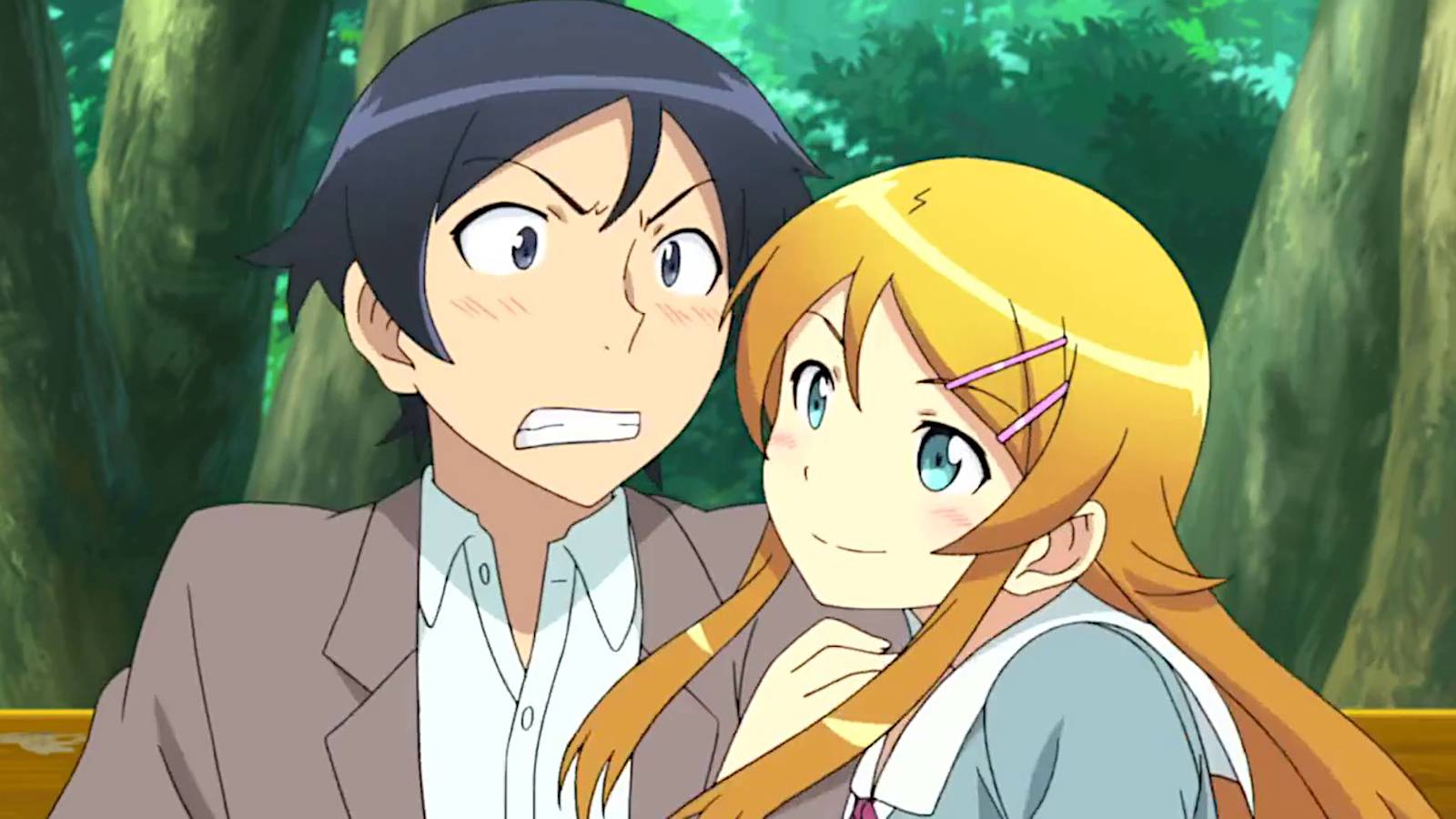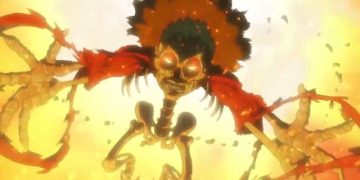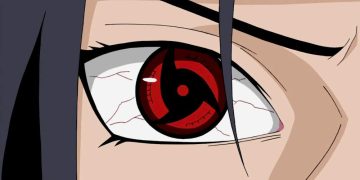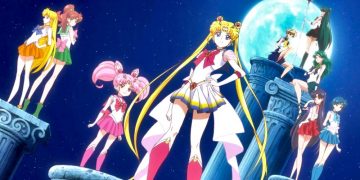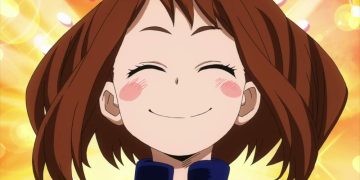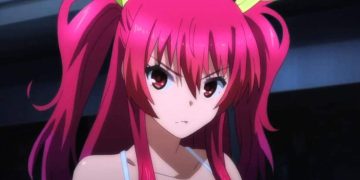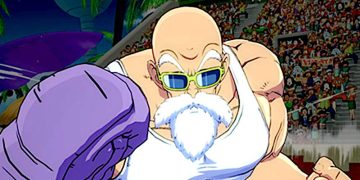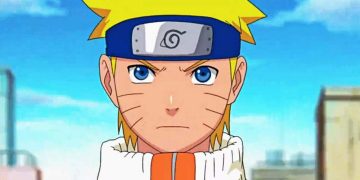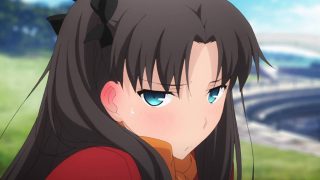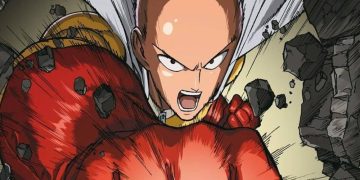The anime medium is far stranger than most TV series, if only because the foundation of animation makes it so much easier to do things that break the laws of nature and physics.
But the weirdness of anime—even mainstream anime—goes beyond simply being able to depict unnatural events and phenomena. Anime is home to all kinds of unusual tropes that stem from Japanese culture as well as the willingness of anime to explore extreme niches.
And when a particular anime gets really popular, its own weird innovations become inspiration for future anime series. Over time, those weird bits become easier to accept and may even become tropes.
The great thing about tropes is that creative anime producers can subvert them in creative ways, which is great for fans as it both acknowledges the existence of the trope but also keeps it fresh and interesting.
Here are some of the most common weird anime tropes that are somehow accepted by anime fans and the anime community.
12. Waiting for the Opponent to Power Up
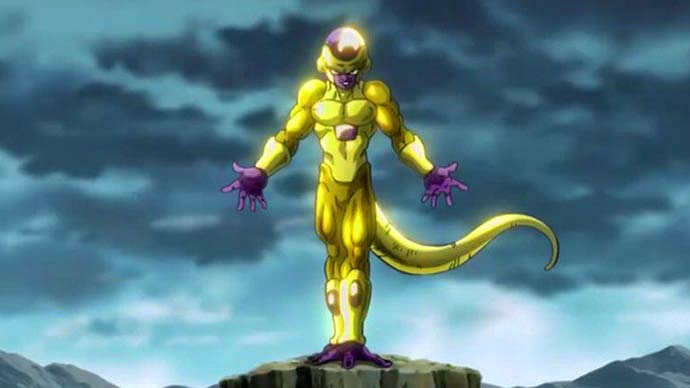
If you're facing someone who's charging up or powering their ability, you'd normally take the opportunity to strike while they're vulnerable. But that's not what anime characters do! They literally wait for it.
Especially in shonen anime, there's usually a scene where someone—either hero or villain—is awed, surprised, or just intrigued by the sudden show of an ability powering up and waits for it. This scene is usually a turning point in the narrative and a shift in the tide of battle.
Most watchers accept this nonsense because it's a dramatic storytelling choice that intensifies a given fight scene, even if it's illogical. You'll find many anime scenes with this trope, like when Goku and Vegeta waited for Frieza's flashy golden transformation.
But one famous scene that subverted this trope came in Attack on Titan, when Eren went ahead and attacked the Warhammer Titan before she was finished with her transformation.
11. Shouting Out Attack Names
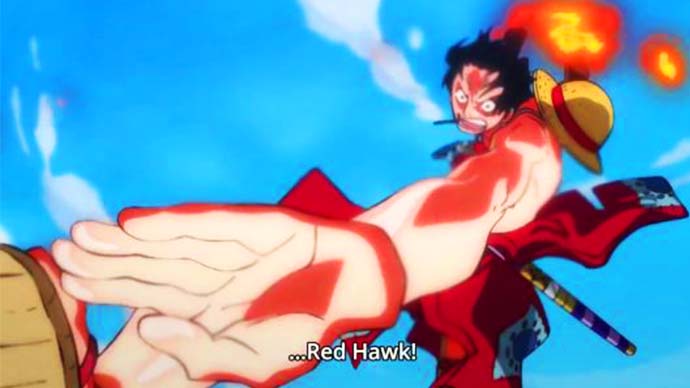
Remember that scene from One Piece where the blind Fujitora asks Luffy why he keeps shouting what he's going to do or what his next move is going to be? The same goes for all anime characters who shout out their abilities' names while executing them!
Ability names can add a lot of flavor and flair to an anime fight scene, and the name can even shed meaningful backstory that fills in lore. But there's usually no good way to learn what the name of an ability is, which is why it's become acceptable for characters to shout them out.
10. The Louder, The More Powerful
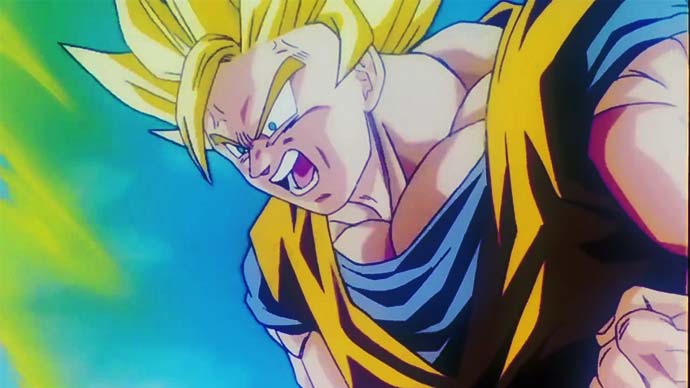
We all love seeing Goku shout as loud as he can while he amasses or releases his ki to power up. And the louder he screams, the stronger he gets—the volume is meant to portray the progression.
It's a trope that's been popularized by classic anime series like Dragon Ball Z and Yu Yu Hakusho, which often show screaming matches between opponents. Fans love it because the screams increase the intensity of a scene and the anticipation of the bout to come.
Though most modern anime series no longer use this trope, it does still show up from time to time, particularly in shonen anime.
9. Brother-Sister Relationships
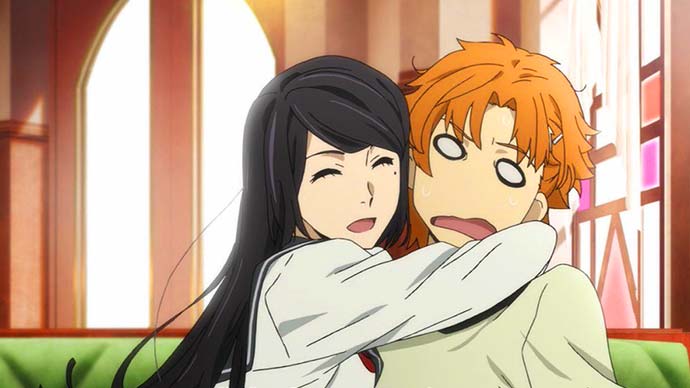
One of the weirder and more disturbing elements in certain anime genres is the "brother-sister relationship."
It doesn't always show up, but several well-known anime series have their own versions of this trope. It can be used for comic relief, fan service, or meaningful character development (especially with goudere, yandere, himedere, and hiyakasudere character archetypes).
Brother-sister relationships in anime can range from precious (like the Kamado siblings in Demon Slayer) to ecchi and perverted (like the Tanizaki twins in Bungo Stray Dogs).
As long as the trope contributes to plot or character development, it can be acceptable for viewers. Remember the episode of Bungo Stray Dogs where Naomi gets hurt? Junichiro went wild and it was great!
8. Fan Service
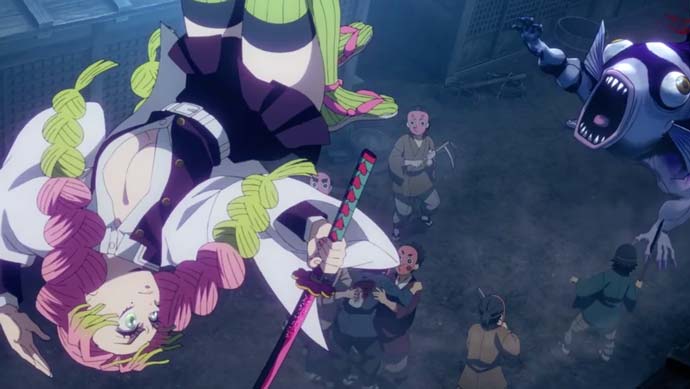
Fan service can come in several forms, but the most common and most infamous kind involves revealing character designs with lots of partial nudity or characters who are hypersexualized over time.
Indeed, the hypersexualization of characters—especially females—has become a trend in anime character designs, and it happens so often that viewers tend to overlook it now because that's just how things are done.
Many anime characters have been the subject of fan service over the years. Notable examples include Erza Scarlet, Gray Fullbuster, and Lucy Heartfilia in Fairy Tail, Mitsuri Kanroji and Daki in Demon Slayer, and Nico Robin in One Piece.
Fan service rarely contributes to the plot or character development, but it does help the popularity of certain characters. As long as it isn't so abused that it ruins the likability of a character, this kind of fan service appears to be acceptable for fans and viewers.
7. Dirty Jokes
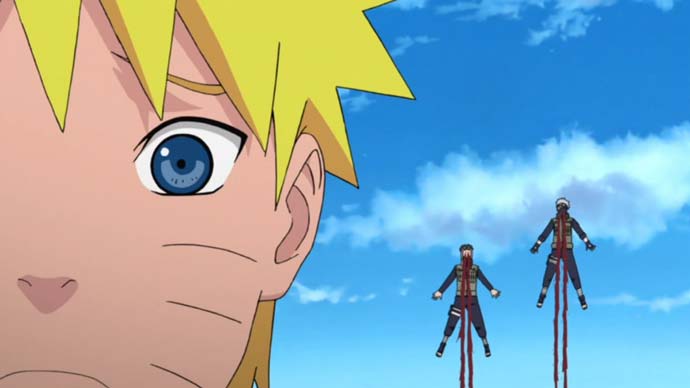
Similar to the aforementioned trope of fan service, dirty jokes are also prominent across many anime genres—even in anime series that are supposedly targeting younger audiences.
Jokes are great for lifting the tone of a scene, turning a serious moment into a fun one. But when it's done well, a joke can serve two purposes: younger viewers may laugh at the innocent veneer while older viewers laugh at the dirty joke under the surface.
Oftentimes, dirty jokes are made by pervy old characters like Master Roshi in Dragon Ball and Jiraiya in Naruto. Notable examples include all the nosebleed scenes whenever Naruto uses Sexy Jutsu.
6. Overt References to Other Series
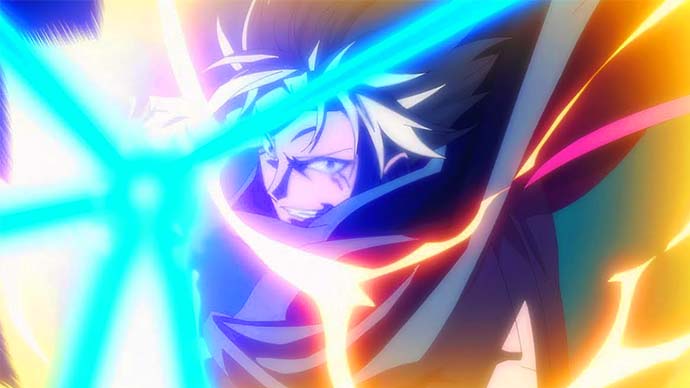
Anime has evolved into a huge culture of its own, so it's common to see influences and inspirations from older anime series showing up in later anime series. But direct references? Those are pretty rare.
Some anime series may have "Easter eggs" that overtly reference another anime series. Sometimes you have homages or parodies that copy or twist iconic scenes from iconic animes.
One of the more famous anime series to feature tons of references from well-known anime series is Gintama, which has had interesting moments like when Gintoki dresses like Luffy from One Piece or poses like a character from Jojo's Bizarre Adventure.
There's also a scene in Jujutsu Kaisen where Yuji throws a tantrum because he can't use abilities referenced in other series. Staz (Blood Lad) and Veldora (That Time I Got Reincarnated as a Slime) also feature the famous Kamehameha Wave from Dragon Ball Z.
5. Filler Episodes and Filler Arcs
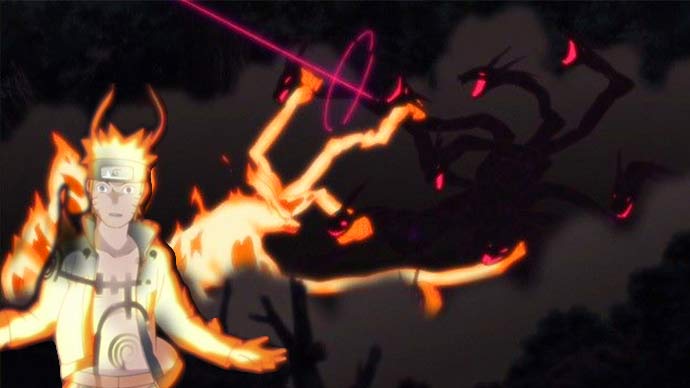
Though many fans find filler episodes and filler arcs annoying, some anime fans have started to actually like them.
When done well, a filler arc can flesh out characters and worldbuilding in ways that might be missing otherwise. Filler episodes can also have memorable scenes that make characters more lovable. And when you love an anime series that much, fillers mean more time spent in the world.
While filler episodes don't affect the main story, they still feature the same characters. Often, they come with added twists and turns that either shift to a new point of view or show a character's less-seen side. Some fillers also emphasize the presence of overlooked side characters!
Naruto Shippuden is an infamous anime series known for its filler arcs, but some of those fillers gave us entertaining plots and subplots, including the Power Arc from episodes 290 to 295.
4. Comic Relief Characters
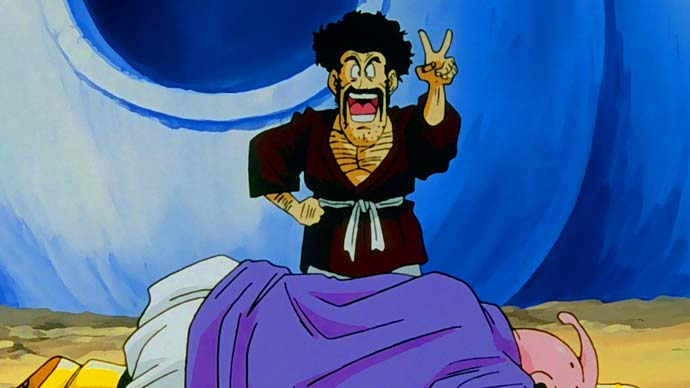
There are many character archetypes found in anime, but there's always at least one or two—whether as the main character or a side character—who primarily serve as the story's comic relief.
Often, these comic relief characters don't bring much else to the table. They may have plot armor that keeps them alive when they clearly shouldn't survive, or they may be useless and get in the way of the main plot with their shenanigans.
More and more, however, we're seeing comic relief characters who play important roles in their respective stories. Not only are they funny, but they make important impacts with their contributions.
For example, remember when Mr. Satan helps Goku and Vegeta to defeat Evil Buu? He's the reason why the people of the planet offered their ki, enabling Goku to create a massive Genki Dama.
3. Very Young Protagonists
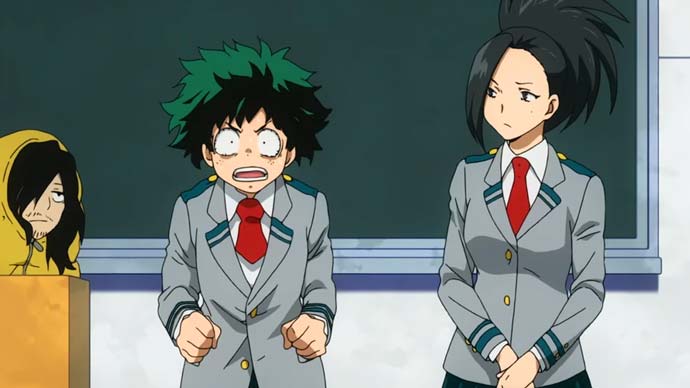
Shonen anime is meant for young adults and teens, so most shonen series feature teen characters to whom viewers can relate.
Examples of popular shonen protagonists who start their respective journeys at a young age include Yusuke Urameshi (Yu Yu Hakusho), Naruto Uzumaki (Naruto), Monkey D. Luffy (One Piece), Izuku Midoriya (My Hero Academia), and Ichigo Kurosaki (Bleach).
Given their ages, it's actually pretty inappropriate to see them slashing their way through enemies, committing murders and wreaking havoc, and going on world-saving quests against unspeakable evils.
But the Rule of Cool means that viewers are willing to overlook all of that as long as the story and the action sequences are exciting and captivating. Any adventure can be acceptable, even if it's filled with bloodshed and death at the hands of teenagers.
2. Overpowered Characters
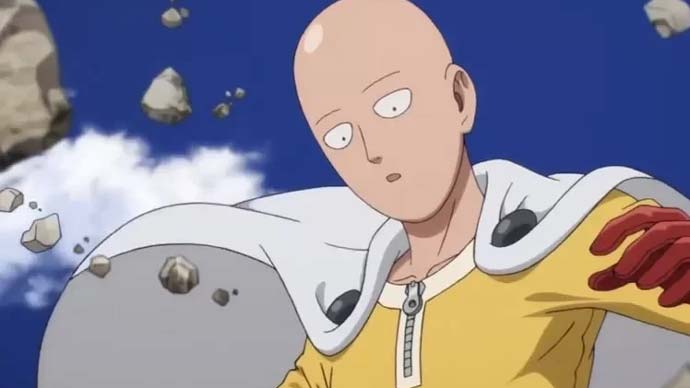
Whereas shonen anime often start with weak characters on a long journey toward becoming the best, the isekai anime genre—which has exploded in recent years—often starts with strong protagonists.
While these types of stories can be great in terms of wish fulfillment, they can also be annoying because the protagonists always win, leaving little room for the all-important element of character development.
One way around this is to surround the overpowered character with other characters who are interesting in their own ways, resulting in all kinds of lore that oozes out from the background. Other series implement their own twists that inject interest in surprising ways.
Examples include The Daily Life of the Immortal King (where Wang Ling limits himself so he doesn't stand out), One Punch Man (where Saitama is only known by a few), and Bofuri (where the adventurer Maple isn't actually overpowered but instead unkillable).
1. Going Beyond Established Limits
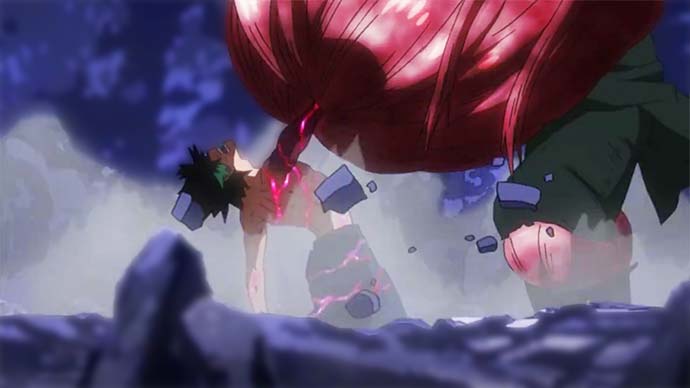
In every anime fight scene, there's always a winner and a loser. Often times, the hero starts off winning but ends up losing due to some hidden trick up the opponent's sleeve.
Just as often, the hero may get beaten to a pulp by an overpowered opponent. He's immobilized or rendered unable to fight, but he's able to muster up hidden strength and surpass his usual limits, which allows him to get back up and save the day.
This trope has become overused in anime to the point where fans may now roll their eyes. If it's done all the time, it weakens the impact of any scene where the hero looks like they're going to lose. It's a cop-out deus-ex-machina that only damages the story's potential.
But if there's a good reason for why the character can suddenly surpass their normal limits—and if it's been adequately foreshadowed—then it can be an amazing hair-raising moment that's remembered.
